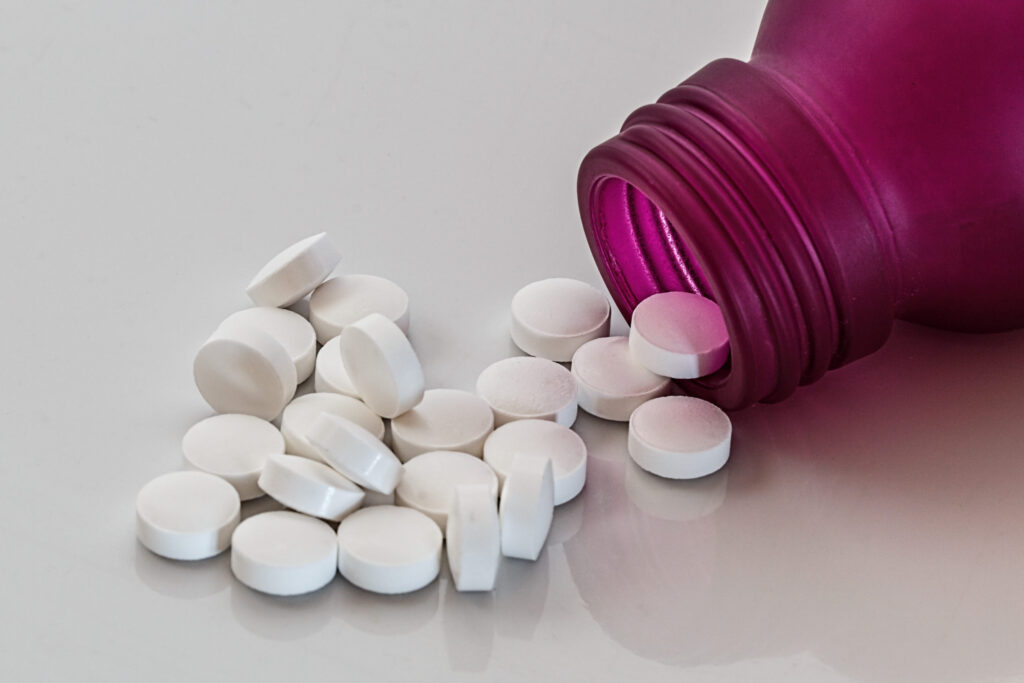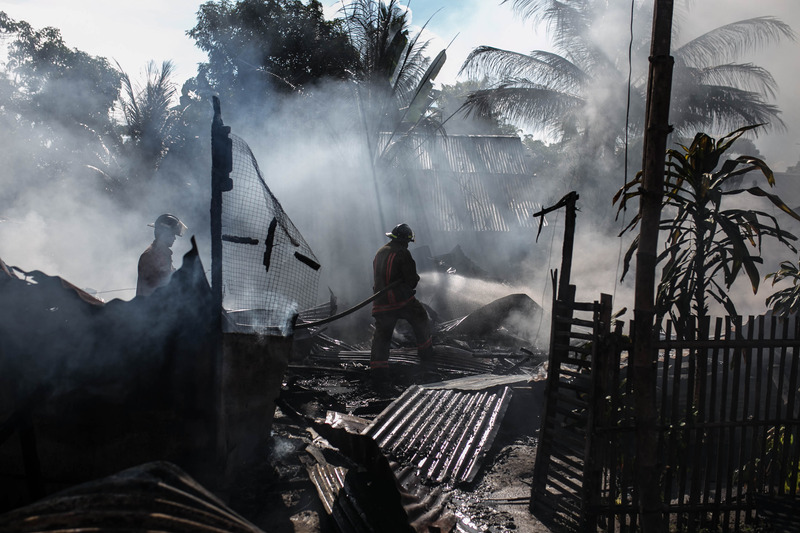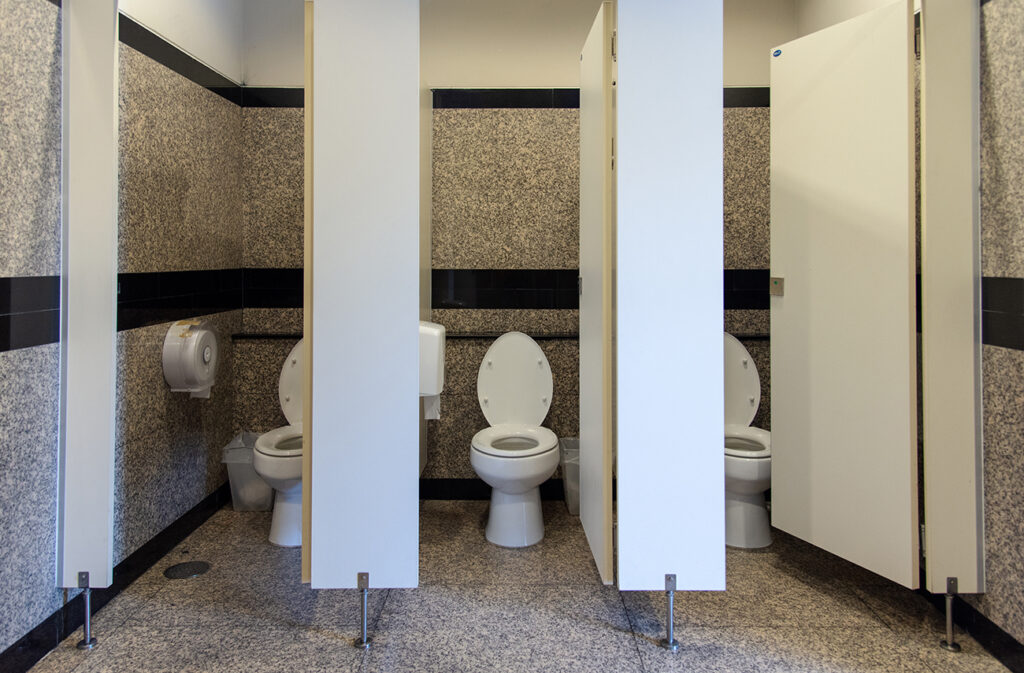Hypodermic. Needles. Syringe. Sharps. No matter what you call them, they all belong to the medical waste or infectious waste family. They also pose a threat to you and your facility when not disposed of properly. Issues such as potential fines from the Occupational Safety and Health Administration, Department of Transportation, and Environmental Protection Agency can occur when you don’t follow proper disposal practices. In addition, you may lose your hauler, or a lawsuit may even happen if an employee or customer was stuck. At SLM Facility, we discovered needles in trash containers, grease traps, septic tanks, and various public places. Having a strong sharps disposal program is key to creating and maintaining a safe work environment for all.
What is a sharps disposal program?
A comprehensive sharps disposal program saves you from headaches and frustrations down the road. We encourage you to review your program annually to assess any problem areas. If you’re starting to build your sharps disposal program, consider the following questions.
- What types of sharps do you use at your facility?
- How many sharps disposal areas do you need?
- How quickly does sharps waste accumulate?
- What regulations apply to the facility?
- Are you tracking what is coming in and leaving your facility?
From there, build out until all areas are covered. Then move onto training your employees.
Train, Educate, Rinse & Repeat.
Training ensures your employees understand sharps disposal program and comply with local, state, and federal regulations. Part of your staff’s training is learning what does and does not go into your red box or container. By everyone in your facility learning what can and cannot go in your red box, you’ll be keeping your facility in compliance. Below is a shortlist of items that can and cannot go into your container.
What does not go into your red box or container:
- Garbage
- Batteries
- Pills
- Liquid Medicine
- Fixatives or Preservatives
- Inhalers
- Medical tape, bandages, gloves, or other PPE
What can go into your container?
- Hypodermic needles
- Syringes
- IV catheters
- Autoinjectors
- Infusion sets
- Scalpels
What happens when your sharps leave the building?
Reusable sharps containers are processed one of two ways. The first way to dispose of sharps is through a high-temperature, high-pressure steaming process. Once clean, the waste either goes to a landfill or waste-to-energy facility.
The second way is utilized if contamination occurs, such as pills in your container. If contaminated, then the sharps are sent to be incinerated.
How to Pick Your Sharps Hauler
Your hauler, or vendor, is your partner in compliance. We listed two of the most critical items to consider below when selecting your hauler.
Firstly, do they have FDA-approved containers? The FDA-approved containers are leak-resistant with tight-fitting lids. Also, they display labels indicating what the container is utilized for and has the mark of approval.
Secondly, are they one-size-fits-all or flexible? One size truly does not fit all even in the sharps world. You need a flexible company to build a customized solution per the needs of your location. Everything from container sizes to pick-up schedules should remain fluid and based on what your locations are experiencing.
Now You Know
Now that we have covered what sharps are, what can and cannot go into a red container, and how to select a hauler, it’s time to review your sharps disposal program. Not sure what you’re missing from your program, have questions, or simply want to see what options you have out there; contact us. Here, at SLM Facility Solutions Nationwide, we offer customized facility maintenance solutions such as sharps and hazardous drug disposal for your facility. We not only have flyers for training but work with some of the leading disposal companies to ensure you stay in compliance.
One Call. One Company. Your Advantage.



